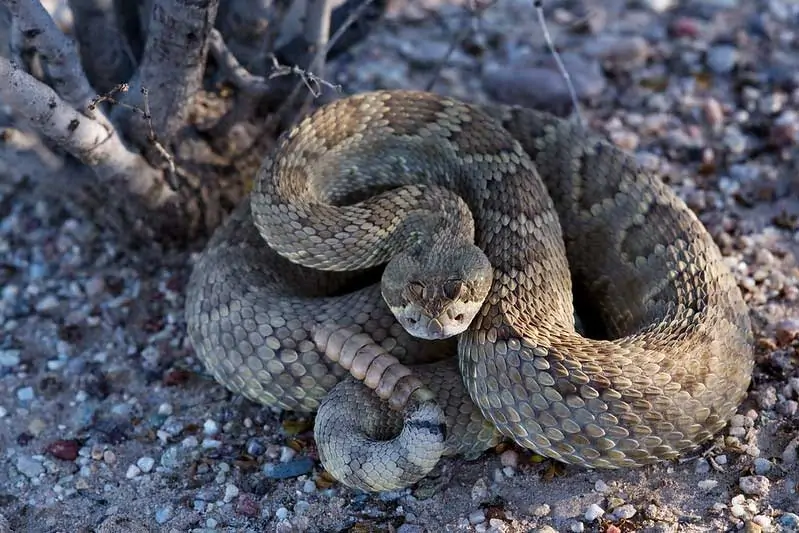Animals Native to Western United States: Exploring the Rich Biodiversity

The Western United States is a region known for its diverse landscapes, from towering mountains to vast deserts, and it is home to an array of fascinating native wildlife. The area boasts a rich biodiversity that has evolved over centuries, adapting to the unique environments found in the West. In this article, we will take a closer look at some of the most notable animals native to the Western United States, highlighting their remarkable characteristics and the importance of preserving their habitats.
1. Grizzly Bear: The Iconic Predator
One of the most iconic animals of the Western United States is the grizzly bear (Ursus arctos horribilis). These majestic creatures once roamed freely across much of the region but are now primarily found in isolated areas due to habitat loss and human intervention. Grizzly bears are formidable predators, known for their strength and keen sense of smell. They play a crucial role in the ecosystem by controlling prey populations and redistributing nutrients through scavenging.
2. California Condor: A Majestic Giant of the Skies
The California condor (Gymnogyps californianus) holds the title of North America’s largest flying bird. Once on the brink of extinction, conservation efforts have helped this species make a remarkable comeback. With a wingspan of up to 9.5 feet, these majestic giants gracefully soar through the Western skies. The California condor serves as a vital part of the ecosystem by scavenging on carrion, thus preventing the spread of disease.
3. Desert Bighorn Sheep: Surviving in Harsh Landscapes
Endemic to the arid desert regions of the Western United States, the desert bighorn sheep (Ovis canadensis nelsoni) is an expert at surviving in harsh conditions. These impressive animals have adapted to withstand extreme heat and scarcity of water by efficiently utilizing their food and water resources. With their distinctive curved horns, desert bighorn sheep are well-equipped to navigate rocky terrains and evade predators.
4. Pacific Salmon: An Epic Journey Home
The Pacific salmon, including species like Chinook, Coho, and Sockeye, undertake one of nature’s most incredible journeys. Born in freshwater streams, they migrate to the ocean, where they spend years maturing before returning to their exact birthplace to spawn. This epic migration not only sustains the salmon populations but also supports various predators and scavengers along the way. Unfortunately, salmon face numerous challenges, such as dams and pollution, which threaten their survival.
5. Western Diamondback Rattlesnake: A Stealthy Predator
A prominent and, in some cases, feared species in the Western United States is the Western Diamondback Rattlesnake (Crotalus atrox). With its distinctive rattling tail, it serves as a warning signal when agitated. Despite their venomous nature, rattlesnakes play a vital role in controlling rodent populations, thus contributing to the overall ecosystem balance.
6. Gray Wolf: A Symbol of Wildness
The gray wolf (Canis lupus) once inhabited vast territories across the Western United States but faced widespread extermination in the past. Conservation efforts have led to the reintroduction of gray wolves in some areas, providing hope for a more balanced ecosystem. As apex predators, they help regulate herbivore populations, prevent overgrazing, and improve biodiversity.
7. American Bison: A Symbol of Resilience
The American bison (Bison bison) holds historical and cultural significance as a symbol of the American West. These massive creatures once roamed the Great Plains in immense herds. Overhunting in the 19th century led to their near-extinction, but dedicated conservation efforts have seen their populations recover. Bison are essential to maintaining prairie ecosystems, and their grazing patterns support the growth of diverse plant species.
Preserving the Western Heritage
The native animals of the Western United States represent an integral part of the region’s ecological and cultural heritage. Preserving their habitats and protecting their populations are crucial steps in maintaining the delicate balance of the Western ecosystems. Conservation efforts, public awareness, and responsible land management are vital to ensure that these remarkable animals continue to thrive and enrich the Western United States for generations to come.






